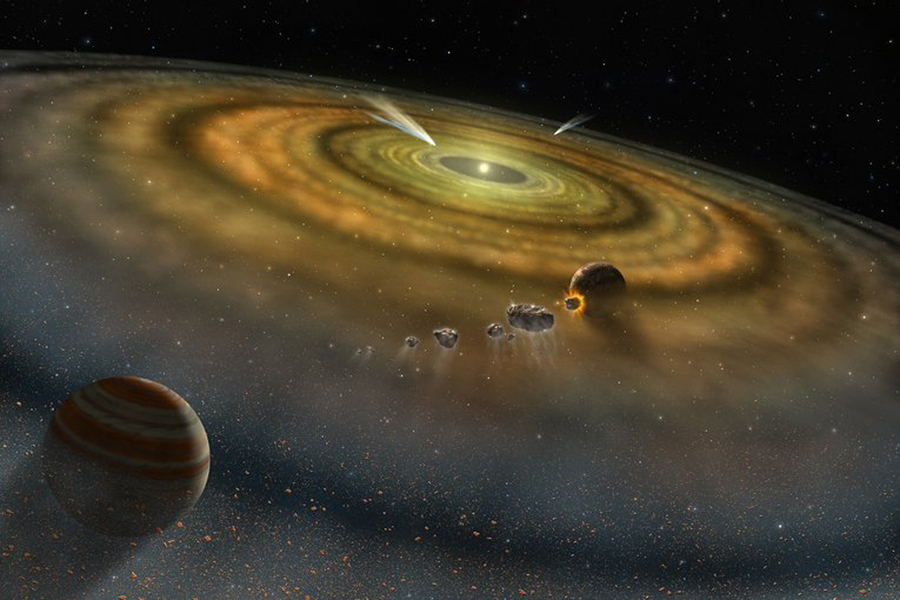Tesla’s Q4 earnings missed estimates and its full-year production outlook dampened investors’ enthusiasm, although CEO Elon Musk confirmed that the company’s next-gen vehicle will be released in the second half of 2025. For the fourth quarter, Tesla recorded revenue of $25.17 billion, just below the estimated $25.87 billion, however, the revenue increased by approximately 3% compared to the previous year. From a profitability perspective, Tesla reported adjusted EPS of $0.71, falling short of the estimated $0.73, and adjusted net income of $2.486 billion, below the anticipated $2.61 billion. In terms of its full-year production, Tesla stated that its “vehicle volume growth rate may be notably lower than the growth rate achieved in 2023, as our teams work on the launch of the next-generation vehicle at Gigafactory Texas,” indicating it would not reach Street estimates of 2.19 million for 2024, which would have been a 21% increase from 2023.
In its earnings release and the subsequent earnings call, Tesla mentioned progress on its next-gen platform. “We are focused on bringing the next-generation platform to market as quickly as we can, with the plan to start production at Gigafactory Texas. This platform will revolutionize how vehicles are manufactured.” Musk confirmed on the earnings call that the company’s current schedule has this vehicle entering production in the second half of 2025. This aligns with a previous Reuters report that Tesla informed suppliers of its intention to commence production of a new mass-market EV codenamed “Redwood” in mid-2025.
Tesla’s decrease in profitability can be attributed to pressure on margins since the company initiated cost-cutting efforts late in 2022. Tesla reported a Q4 gross margin of 17.6%, below the estimated 18.1%, a substantial drop from a year ago and a sequential decline from the 17.9% achieved in Q3.
Factors contributing to Tesla’s challenges include Hertz shedding thousands of EVs, Tesla cutting prices in China, a two-week production halt in Berlin, and CEO Elon Musk’s untimely demand for more stock. Earlier this month, Tesla reported 484,507 deliveries in Q4, surpassing Street estimates of 483,173, according to Bloomberg. This figure represents an all-time record quarter for Tesla, nearly 20,000 units higher than its past record quarter of 466,000 units delivered in Q2 of last year. For the year, Tesla said vehicle deliveries grew 38% year over year to 1.81 million and production grew 35% year over year to 1.85 million. While its 38% delivery growth rate was below its 50% compound annual growth rate (CAGR) target, Tesla previously stated it would not achieve that goal due to factory shutdowns and improvements that occurred in Q3.
Tesla did not disclose the total number of Cybertruck deliveries in its Q4 delivery update, but the company did mention that the Cybertruck production ramp would take longer than for other models. “[Cybertruck] demand is off the hook,” Musk said on the call, reiterating similar comments made last year.
Musk also addressed his recent comments claiming that he would need to gain greater control of Tesla in order for the company to fulfill its wide-reaching AI ambitions. He expressed concern on the earnings call that, given his current shareholding, he would have “so little influence” in the future that some major shareholder could strip away his control or make a bad decision. “I could be voted out by some random shareholder advisory firm,” he remarked, citing Institutional Shareholder Services (ISS) and Glass Lewis as examples. “[A] lot of activists infiltrate shareholder rights organizations,” Musk added, stating that he’s “not looking for additional economics; I just want to be an effective steward of powerful technology.”
For the latest earnings reports and analysis, earnings whispers and expectations, and company earnings news, click here.
Read the latest financial and business news from Yahoo Finance.











